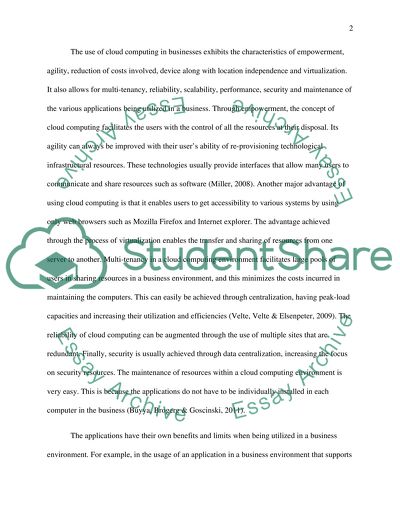Cite this document
(“Cloud Computing Assignment Example | Topics and Well Written Essays - 2250 words”, n.d.)
Retrieved from https://studentshare.org/information-technology/1395608-cloud-computing
Retrieved from https://studentshare.org/information-technology/1395608-cloud-computing
(Cloud Computing Assignment Example | Topics and Well Written Essays - 2250 Words)
https://studentshare.org/information-technology/1395608-cloud-computing.
https://studentshare.org/information-technology/1395608-cloud-computing.
“Cloud Computing Assignment Example | Topics and Well Written Essays - 2250 Words”, n.d. https://studentshare.org/information-technology/1395608-cloud-computing.


